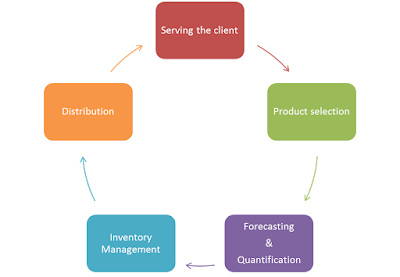Stress-free ways to updating instructional materials
We all know that
the world is no more moving slowly with almost everything. Everything is fast
paced and what is new today can be old in couple of months. iphones are good
examples.
This is also true for learning. Learning has changed from just classroom to online and mobile learning. There are innovative and convenient learning solutions coming up on a daily basis. Why should learning content remain the same? We teach using instructional materials developed years back with no form of review. Maybe because we cannot think about the hard work involved in updating instructional materials.
Here are few ways to a stress-free instructional material update:
1. In developing new content, always think about the future. What is the future of the topic, concept, skills or behaviour? Never design instruction without considering future plans, improvement or strategy.
2. Leave room for flexibility through use of interactive methods rather than lectures via PowerPoint. This gives room for flexibility in the content. For example if you select a small group exercise to train on a software design; you probably can adjust the exercise faster than if it is a PPT slide. In other words, use more interactive methods. It provides room for change.
3. How many trainers have been in this situation? You are training on a subject matter and participants remind you that it is no longer in use. You obviously look very embarrassed. The more reason why you should always update your content after each training. A journey of a thousand miles starts with a step. Always update more frequently to avoid a rush and tedious content update.
4. Assign someone to be responsible for updating instructional materials; if no one is assigned, no one will update the instructional materials. The subject matter experts are too busy. Instructional designers should develop and also update content.
5. Get participant feedback about the content beyond ticking satisfactory in evaluation sheets. Get participants to write about the content or ask very specific questions about the content. Make sure it is not the last day of the training.
6. Conduct an
internal content review. Have a specified period for instructional material
review. You can have an instructional review team that will meet to discuss.
You can have in different area of expertise e.g. sales. research, Human
resource, learning etc.
7. Always have a copy of the instructional material for comments and review during training even if it is not a pilot. Assign someone to always note the changes during trainings and follow up on effecting the changes.
8. Always get an internal and external view of your instructional materials. it results in better instruction.
9. Think of ways to improving upon your previous trainings every time.
10. Easy instructional material update starts with user friendly materials. Always think of this too in the initial design.
11.Always inform others about the changes in instructions. It gives credibility to your commitment on improvement.
12. Latest trends are good tools for updating instructional materials.Be a voracious reader.
Whether we like it or not, we have to update instructional materials. The earlier we start, the better.
For your comments, send to bayus007@yahoo.com
Regards
Bayo


Comments
Post a Comment